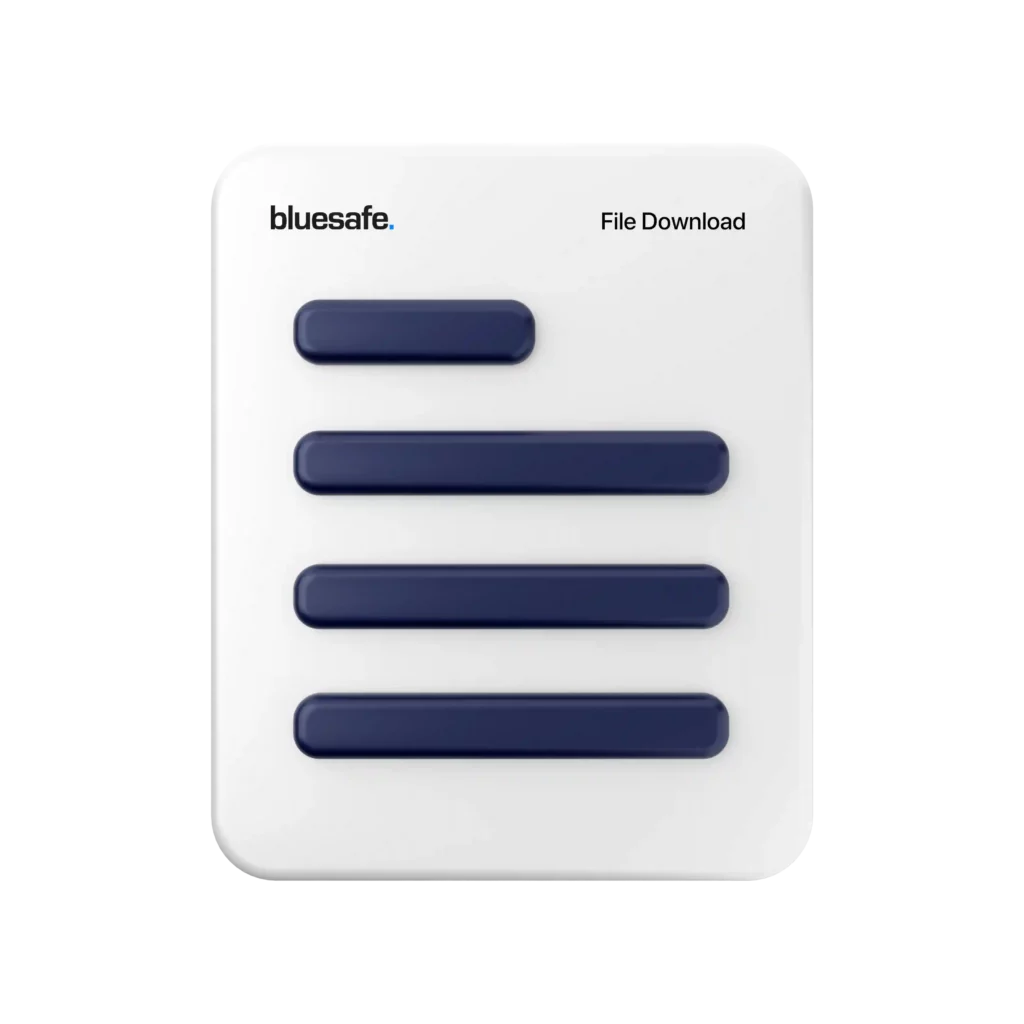Gary’s Safety Tips
G’day, everyone! Today, I want to talk to you about something that is crucial in every business, every organisation, and every team – communication. Specifically, I want to discuss how we can create clear lines of communication for reporting and recording incidents.
Now, I know what you might be thinking. “Gary, that sounds boring. Why do I need to worry about this?” Well, let me tell you, my friends, communication is the backbone of any successful team. Without it, things fall apart, and mistakes happen. So, let’s dive into how we can create clear lines of communication to ensure that everyone is on the same page.
The first step is to establish a reporting process. This means that everyone on your team needs to know how to report an incident or issue. Whether it’s a safety concern, a mistake in a project, or an interpersonal conflict, there needs to be a clear way for people to speak up and voice their concerns.
This can be done in a number of ways. You can set up a designated email address or phone number that people can use to report incidents. You can also create an online form that people can fill out to report an issue. Whatever method you choose, make sure it’s clear and accessible to everyone on your team.
Next, you need to create a culture of openness and transparency. People need to feel comfortable reporting incidents without fear of retaliation or retribution. This means that as a leader, you need to be approachable and willing to listen to your team’s concerns. You also need to make it clear that reporting incidents is a positive thing, and that it helps your team grow and improve.
In addition, you need to establish clear guidelines for how incidents will be recorded and tracked. This means that you need to have a system in place for documenting incidents, assigning responsibility for resolving them, and tracking progress. This could be as simple as creating a spreadsheet or using a more advanced incident reporting tool.
Whatever system you choose, make sure it’s easy to use and accessible to everyone on your team. This will ensure that incidents are properly recorded and tracked, and that nothing falls through the cracks.
Finally, it’s important to regularly review and analyse incident data. This means that you need to take a look at the incidents that have been reported, identify any patterns or trends, and use that information to make improvements.
For example, if you notice that there have been a lot of safety incidents in a certain area of your workplace, you might want to take a closer look at that area and make some changes to improve safety. Or, if you notice that there have been a lot of complaints about a certain team member, you might want to have a conversation with that person to address any issues.
By regularly reviewing and analysing incident data, you can make informed decisions about how to improve your team and your organisation.
In summary, creating clear lines of communication for reporting and recording incidents is crucial for any successful team or organisation. To do this, you need to establish a reporting process, create a culture of openness and transparency, establish clear guidelines for recording and tracking incidents, and regularly review and analyse incident data.
Remember, communication is key to success. So, take the time to invest in your team’s communication skills and create a culture of openness and transparency. It will pay off in the long run, I promise you that. Until next time, keep grinding!
Cheers,

![]()






